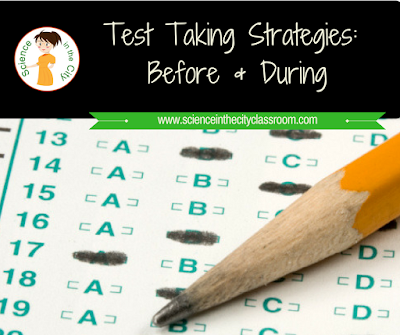I was left with one overriding thought as I visited. WOW!! The whole atmosphere in the school is so calm! and orderly! Kids are walking, not running, not yelling, going to class. It was a completely different feeling.
Overall, I still think many of the things that I saw seemed to be small, rather than addressing the larger problem (school climate). Someone once said to me you can tell a lot about a school by what the halls are like. That is true. However, even when the halls are crazy and terrible (multiple fights going on daily), I can't allow my class to look like this the rest of the year. I have to see what I can do to take some small steps in my classroom to improve, and maybe to improve our school.
Some of the things I noticed were (ones in bold I especially think are important and I'm going to focus on).
- At one school they ate breakfast in the classroom. This allowed a much quieter, calmer start to the day than being in a crowded cafeteria. It also allowed the kids to see the teacher as a person.
- The teachers used some traditional incentive and other behavior management strategies such a names on a color coded chart (green=ready to learn, yellow=warning, red=consequence), a point system with rewards for the people each week with the highest points and class rewards when they reach a certain point total.
- Threshold - be at the door to personally greet each student, shake hands and make eye contact....and set expectations for students as they enter class.
- All the teachers and administration were very much the same page, and taking care of the smaller things, before they turned into bigger things (tardy, uniforms, etc)....They had clear policies in place.
- Routines were extensively practiced, even at some loss of instructional time early in the year, in order to save time and energy later. This includes in-class routines and school-wide routines such as procedures for walking in the hall.
- Students were not allowed in class if they were truly not ready (ISS, buddy teacher)...the expectation was not to keep all students in the room at all times if it ruined education for the rest of the class..
- Lots of positive reinforcement, proximity, and a calm but authoritative tone of voice (not angry).
- Make connections with kids, and let them be comfortable - make the work accessible and make sure they can be successful. Don't go ahead without making sure they are with you.
- Quiet individual reminders, not in front of the whole group.
- Specific behaviors are targeted and tracked- transitions, raising hand, respectful, staying in seats
- Rewards are earned, but are also given randomly.
- Teacher was very animated, had a good sense of humor and could maintain student interest.
- Control pencil sharpener usage, and going to throw things out - don't get out of seats.
I have been doing a lot of research and reading and talking on management as I try to get my class back under control....just need to decide over the weekend how I want to go from here.
I have already been doing raffle tickets as positive reinforcement, and names on the board with checks as warnings. I tried "Class-yes" from Whole Brain Teaching. Am I going to work with these, and the bold ideas above? Do more Whole Brain Teaching? Classdojo?
How do you think school climate affects the climate and behavior in you classroom? What can you do to overcome the school culture?










